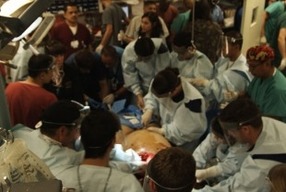
From its first scene, Ryan McGarry's Code Black disabuses the viewer of any preconceived notions about the practice of emergency medicine. Opening with dozens of doctors and nurses swarming around an LA gunshot victim, there is only the barest semblance of order emerging from this chaos. The patient is at the center of a series of concentric circles, with those in the innermost circle passing instruments back and forth and barking instruction while those in the outermost circle are standing on whatever they can find to see the action. Captured with a handheld camera, it's stressful just watching it. Code Black reveals that this kind of ER medicine is largely over in LA, but what's replaced it carries a different set of problems. It is repeatedly stated by interview subjects that this is a precarious moment in healthcare, and McGarry does an excellent job portraying those doctors attempting to find the narrow way forward.
The state of transition heralded by McGarry's film is not just referring to healthcare delivery, but the actual location of its delivery. The opening scene was captured at the LA County ER's 'C-booth,' described as the birthplace of ER medicine. With the kind of pride that auto workers have when they see the fruits of their labor roll of the line, veterans of the C-booth describe it as a place where more lives have ended per square foot than anywhere else, but more importantly, the same is true for imminent deaths that have been halted. With essentially no privacy considerations, C-booth was incapable of adapting to HIPAA laws passed in 1996, but due to the necessity of an LA county ER, a waiver was given until a new hospital could be constructed. When that new hospital was completed in 2008, operations were moved there and the curtains were finally closed on C-booth.
The new LA county hospital is built like a cathedral, befitting the more dignified and respectful ER compared to the frenzy of C-booth. There are now private rooms connected by gleaming hallways. However, now that the privacy standards can be applied, there is a much greater bureaucratic demand on the doctors' time. Forms upon forms await them after each new patient, while the waiting rooms are consistently at capacity, giving the film its title. Unconscionable wait times of greater than 12 hours can be expected for walk-in patients, who are there because they have limited options for treatment. An endemic, vicious cycle takes hold, in which the stress of the job contributes to high turn-over amongst the support staff, which leads to under-staffing, which leads to departments being shuttered, which leads to more patients localized in the ER, which leads to the job becoming more stressful. The doctors begin to take on the aura of long-suffering saints, working 80-hour weeks to help individuals in their time of need, but making no dent in the backload.
Just when McGarry has the viewer longing for the simplicity of C-booth, he switches back in time and shows its ugly side. In one painful anecdote, the maximal use of space meant that a nurse had to tell family members about a loved one's death in a closet used for bedpans within earshot of a raving psychotic, piling more misery onto the worst moment of their lives. A shocking, thesis-making scene is presented in which a patient, lying prone and naked on a bed, is forcefully prevented from covering himself. These are despairing but honest truths about the two delivery systems presented to the viewer. Their placement, after an extended rant against the crush of paperwork and the shortening of doctor-patient time, drives home how complicated it is to find the right balance. McGarry reintroduces the patient back into this discussion as not just a broken organism in need of repair, but a person inherently worthy of respect and just as desperate for a solution as the doctors and nurses.
Code Black seems to present a problem without a solution. It is a depressing, affecting documentary that captures true moments of despair. This probably shouldn't be shown in med schools anytime soon, lest we want to further constrict the flow of new doctors into the country. A-
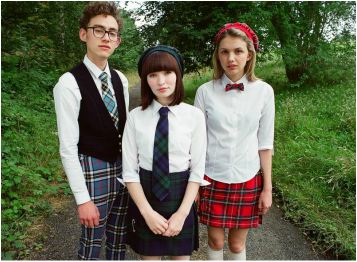
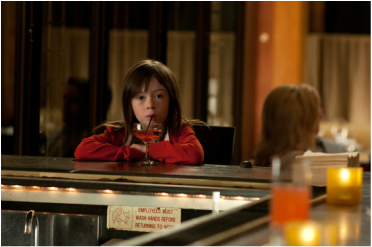
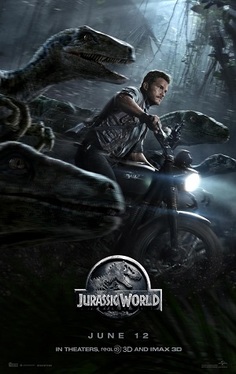
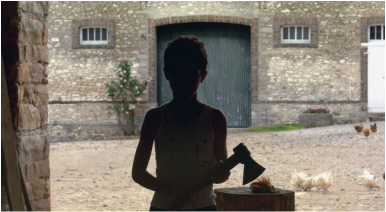
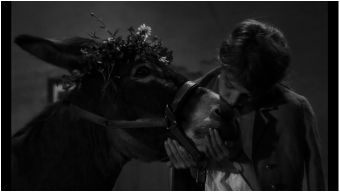
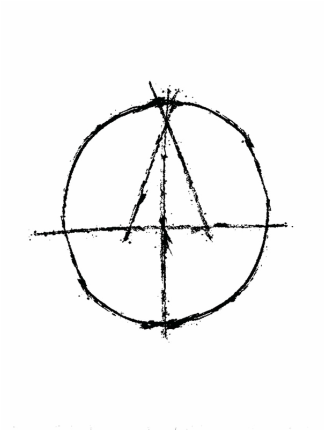
 RSS Feed
RSS Feed